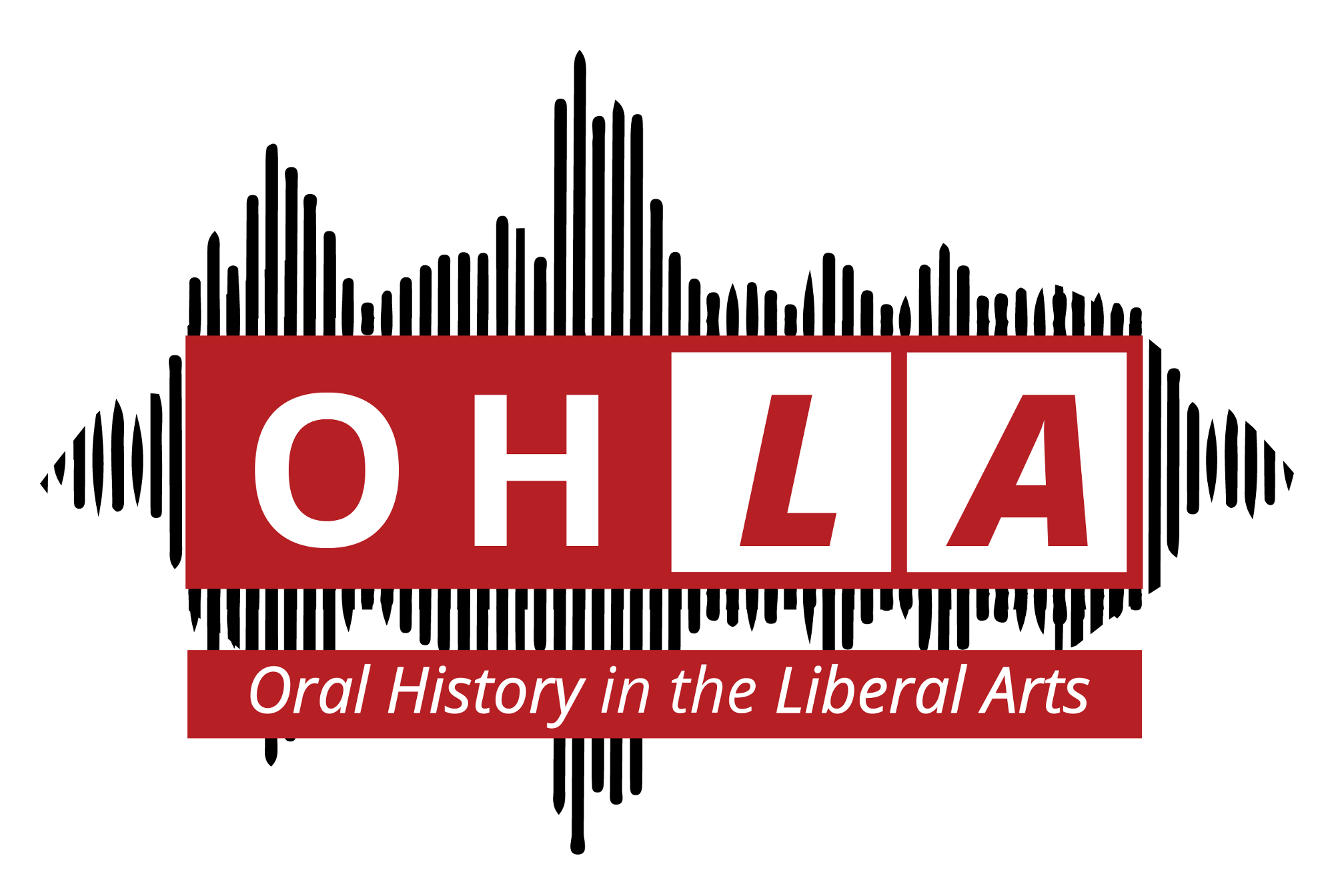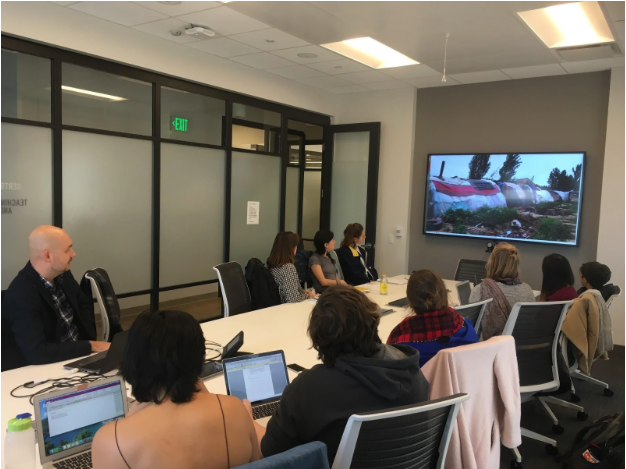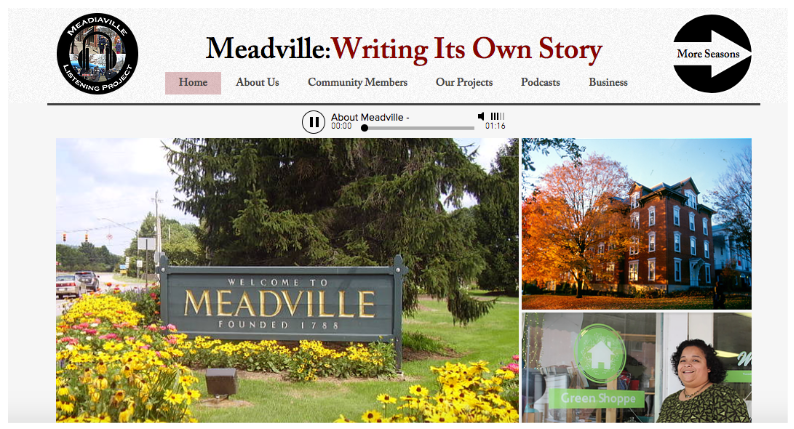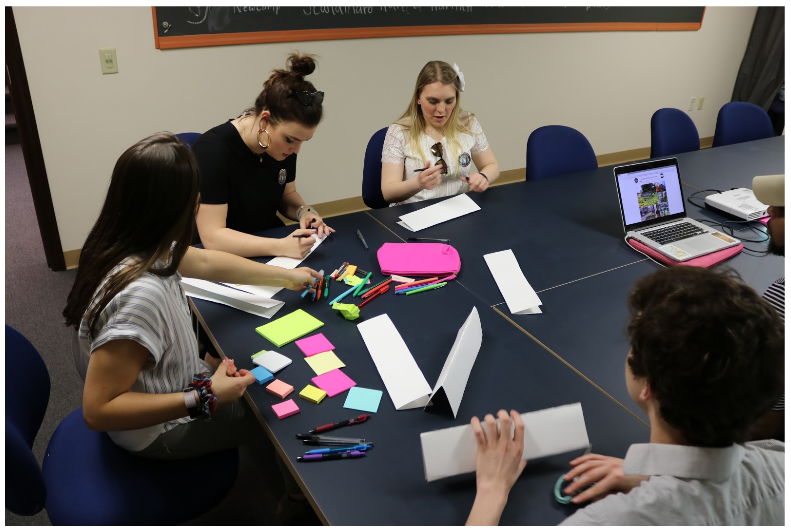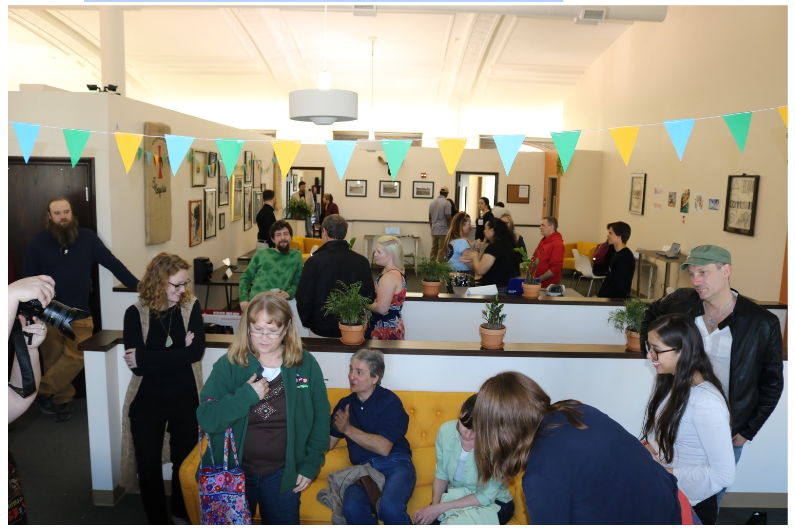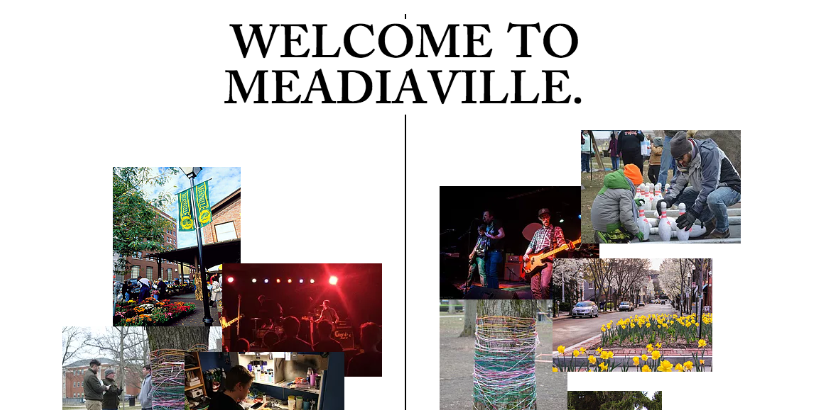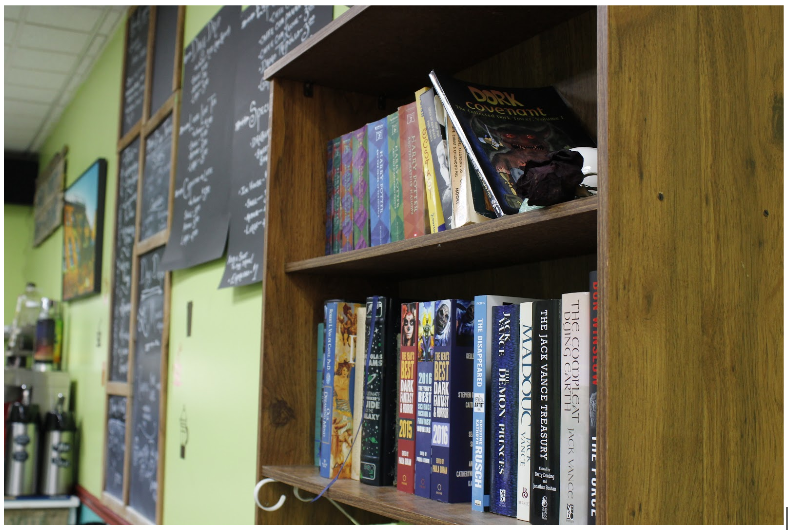In my classes, students record and analyze oral history interviews in groups. Although I have assigned them to do other forms of interviewing (typically one-on-one with other students) individually, the interview sessions that we have been able to set up with community partners have always involved, at most, half as many interlocutors as students, and thus students work in groups of 2-4 to lead and record the interviews. It has thus been necessary for them to work in groups at later stages of interview-processing, such as transcribing the recordings (partially or in full), analyzing and breaking them into segments using the Oral History Metadata Synchronizer (OHMS: http://www.oralhistoryonline.org), and indexing them using keywords and subject headings (also on OHMS). Pedagogically, this has proved both beneficial and challenging.
In the interviewing stage, having students work together has been effective in that there has been no shortage of questions, which can sometimes be an issue with a single interviewer who either comes to the session underprepared or finds that the interviewee covers the material more succinctly than expected and thus leaves time for additional questions. A second, third, or even fourth student often can step in effectively in such situations to prompt an interviewee for more detail or to push the interview in a new direction. Similar benefits arise from having them then work as a group to analyze these interviews: having come to the interview with their own related but often differently nuanced (or altogether different) questions, many of which were hopefully posed in the interview, they come away from the experience having already processed much of the material with respect to interests that they brought to the session or that arose during the interview. When as a single interviewer one analyzes an interview in order, for instance, to assign keywords and subject headings to it (or to specific segments of an interview), one can easily apply a very narrow set of analytical categories that may be of relevance and interest to the interviewer but not necessarily address the interests of others who will one day turn to the interview. Having 2-4 individuals work together on this does not completely mitigate the subjective nature of the work, but in my classes it has helped to increase the number and breadth of categories that students add in as keywords (3 students seem to come up with more than do 2 students, for example, likely due both to the greater number of minds brainstorming and cross-checking keywords across the different segments and also to the fact that with larger groups, each student tends to work more concentratedly on a shorter length of recorded interview). To facilitate this, I have students report back in groups to the class about the topics covered in the interviews, and then work in their groups immediately thereafter to discuss the range of keywords that can be applied and how they will go about divvying up their interviews for the analytical work. In addition to producing better-analyzed recorded interviews, there are significant benefits to teamwork and communication skills as well as to the overall sense of communal investment in the project.
The greatest challenge that this has introduced for our projects is that different interviewers end up working on different sections of an interview. This can lead to both inconsistencies in the analysis and frustration regarding equity in assignment difficulty, quality of the final product, and grading. The interviews that my students record are typically 40-60 minutes long; because they typically record them late in the semester (after we have had time to learn interviewing and recording techniques and to learn about the community with which we are partnering, typically through both class readings/discussions and participant observation in the community), they usually being their analytical work in the final weeks of the term and it simply proves too time-consuming to ask students to take on segmenting and keyword-ing entire interviews together in groups. Thus I usually have them break up the interviews into equal-length sections. Now, no two sections of equal time length are likely to require exactly the same amount of time and effort (or even the same number of segments and keywords), as at the beginning of an interview the interviewer might respond succinctly to several questions, yet touch upon many subjects, while at the end that same interviewer might wax long about a very narrow topic. I have not, however, found a ready solution that works better than divvying up the interviews by time length (though there are a number of steps that I now take to make the assignment division fairer: see below). Dividing the interview into equal sections on which students can work individually can of course lead to inconsistencies, both in the keywords used and in the level of scrutiny (and resulting keyword density) that students apply to the segments that they analyze (this is less of an issue with creating segments, as we apply the simple standard that a new segment begins with a new question, with the minor exceptions of not counting a re-posed or substantially similar question and of adding another segment if in the middle of a length response the interviewee deliberately changes topic). These inconsistencies can in turn lead to frustration on the part of other students who feel that the quality of the interview analysis and perhaps their final grade may suffer.
A few measures that I have taken in my most recent oral-history courses have helped to alleviate these problems. In working on the multi-semester Cleveland Hungarian/Slovak Roma-Gypsy project A Storied People, I have given students increasingly more time to work on their interview analyses in class. Because dividing the interviews into even lengths of time most typically imposes divisions that fall in the middle of interview responses (rarely do they fall right on an interviewer’s recorded question), pairs of students typically need to work together to make sure that their keywords are consistent and comprehensive for a segment that spans their two equal sections. After first having students complete an analysis of a few short minutes of interview at the very beginning of the recording so as to familiarize themselves with the technology and the analytical task, I then have asked them to work on this analyzing their “bridge” segments together in class (and to involve any other members of their group who are not assigned to work on part of that segment). This has helped them to standardize further the primary keywords that they have found coming up in the interview and need to apply throughout (as appropriate) in addition to adding in more localized keywords, and also has contributed to a greater sense of investment in the overall interview and in standardizing the quality and density of the analysis. I have gone so far in one class as to grade the entire group on the overall interview analysis, while in others I have graded students on their individual sections. I still lean toward individual grades, as in some classes a student or two have dropped the ball and not completed their work, and it is sometimes difficult for the other students to tell whether a student in their group has done incomplete work or simply has had long segments with relatively “thin” material. Group grading can work well, though, with a committed group of students, as it encourages them to find time out of class to standardize their practice, resulting in a better overall product not just for them but for the community members whose stories we are recording and helping to make legible through the analysis. In one instance, a single group out of the entire class had an issue with vast differences in student investment, and after discussion with both members of the group we agreed to divide their responsibilities for the interviews not into equal-length segments but by task (one student provided synopses for the entire interview while another provided keywords), and I then graded them separately, while the class’s other groups received group grades. Both approaches have their merits, and the most important thing (as with most assignments) is to be explicit early on about expectations and grading policy.
Photograph credit: Ian MacMillen
Photo caption: Students in MacMillen’s Fall 2017 course ‘Roma, “Gypsies,” Travelers’ prepare in class for their interviews
